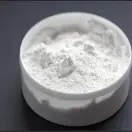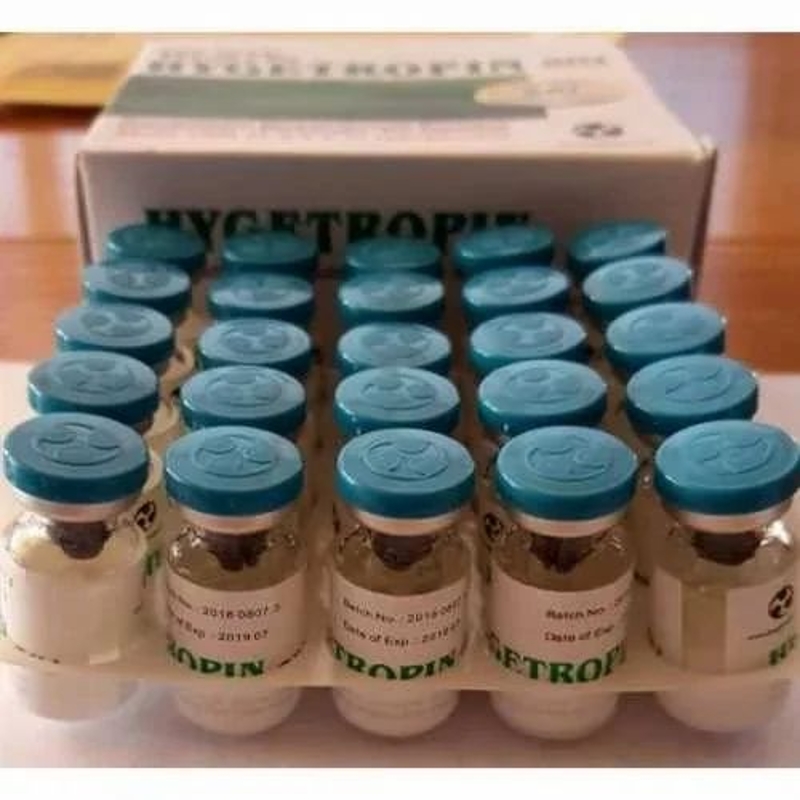-
Categories
-
Pharmaceutical Intermediates
-
Active Pharmaceutical Ingredients
-
Food Additives
- Industrial Coatings
- Agrochemicals
- Dyes and Pigments
- Surfactant
- Flavors and Fragrances
- Chemical Reagents
- Catalyst and Auxiliary
- Natural Products
- Inorganic Chemistry
-
Organic Chemistry
-
Biochemical Engineering
- Analytical Chemistry
-
Cosmetic Ingredient
- Water Treatment Chemical
-
Pharmaceutical Intermediates
Promotion
ECHEMI Mall
Wholesale
Weekly Price
Exhibition
News
-
Trade Service
Thyroid nodules are common, occurring in about 70% of cases on thyroid ultrasound, of which about 5% are malignant
.
Accurate assessment of the malignancy and benignness of thyroid nodules is essential
for its appropriate clinical treatment.
Although ultrasound imaging combined with fine-needle aspiration biopsy (FNA) is the mainstay of diagnosis of thyroid nodules, the diagnosis is uncertain in about 20% to 30% of cases.
This diagnostic dilemma often leads to clinical confusion
about how to treat thyroid nodules.
On November 15, 2022, Professor Xing Mingzhao's team from the School of Medicine of Southern University of Science and Technology published an online report in the Journal of Clinical Oncology The "High Diagnostic Accuracy of Epigenetic Imprinting Biomarkers in Thyroid Nodules" research paper, which demonstrated for the first time that the imprinted gene-based QCIGISH test has a good diagnostic effect
on thyroid nodules.
Its high NPV makes it very effective in excluding malignancies, while its high PPV makes it also a good regular test, which will be particularly helpful in assisting in the evaluation of cytlogically uncertain thyroid nodules
.
Therefore, this new diagnostic test for thyroid molecules could have significant clinical implications
.
The American Society of Radiology Thyroid Image, Report, and Data System (ACR TI-RADS) classification and Bethesda cytology are widely used to assess the malignant risk
of thyroid nodules.
Preoperative diagnosis is challenging, particularly in uncertain cytological classifications, including Bethesda III, IV, and V dystypes or follicular lesions of unknown significance, follicular tumors or suspected follicular tumors, and suspected malignancies
.
Around the world, several thyroid diagnostic biomarker systems are widely used
.
These mainly include genetic alteration, gene expression, DNA methylation, and microRNAs, each associated with
specific restrictions.
Thyroid nodules require a more effective biomarker-based diagnostic method
.
Genomic imprinting is the epigenetic regulatory mechanism
of mammalian embryonic development and tumorigenesis.
In normal somatic cells, the paternal and maternal alleles of the imprinted gene methylate differences in an allele-specific manner, resulting in silencing of one allele and activation
of the other.
In cancer, normally silent alleles are often abnormally activated in certain imprinted genes, leading to the expression of both alleles, a phenomenon known as loss of imprinting (LOI), which is associated with a variety of cancers, a nascent RNA in situ hybridization (in situ).
Hybridization, ISH) method, which targets short-lived introns to label and visualize transcription sites, has been widely used to study transcriptional regulation
of imprinted and non-blot genes.
Researchers previously used this approach by measuring biallelic expression (BAE), multiallelic expression (MAE), and total expression of a group of imprinted genes expression, TE), established a sensitive and specific imprinting change objective quantification method, called quantitative chromogenic imprinted gene in situ hybridization (QCIGISH).
Using this approach, three imprinted genes with cancer diagnostic potential, guanine nucleotide-binding proteins, α stimulated complex sites (GNAS), growth factor receptor-binding proteins (GRB10), and small ribonucleoprotein polypeptides, were previously identified N (SNRPN)
。
To explore the new value of epigenetic imprinted biomarkers in the diagnosis of thyroid nodules, the researchers recruited 550 patients with FNA-evaluated and histopathologically confirmed thyroid nodules from eight medical centers
.
Quantitative chromogenic imprinting gene in situ hybridization (QCIGISH) was used to detect the allele expression of imprinting genes SNRPN and HM13, and a diagnostic grading model
of thyroid nodules was established on this basis.
The model was trained retrospectively on 124 postoperative thyroid samples, optimized on 32 preoperative FNA samples, and optimized on 394 preoperative FNAs Prospective validation
on samples.
Cytopathological and histopathological diagnosis based on blinded central review were used as reference standards
.
Figure 1.
The principle of QCIGISH: visualization, quantification and pathological confirmation of the expression status of imprinted gene alleles (Figure from Journal of Clinical Oncology).
The researchers used QCIGISH technology to investigate the diagnostic value of these three blot genes and a new blot gene small tissue compatibility antigen H13 (HM13) expression status in thyroid FNA specimens and matched histopathological tissues before thyroid nodule surgery
。
The results showed that for thyroid malignancies, the QCIGISH test had an overall diagnostic sensitivity of 100% (277/277) and a specificity of 91.
5% (107/117; 95% CI, 86.
4 ~ 96.
5), prospectively validated positive predictive value PPV was 96.
5% (95% CI, 94.
4 ~ 98.
6), negative predictive value predictive value (NPV) was 100% and diagnostic accuracy was 97.
5% (384/394; 95% CI, 95.
9 ~ 99.
0)
。 Therefore, the combined application of SNRPN and HM13 for the establishment of accurate diagnostic grading models of thyroid nodules is particularly effective in this study of its diagnostic value
in various Bethesda classified thyroid nodules.
Figure 2.
The performance of the QCIGISH trial in the blinded prospective validation cohort (Figure from Journal of Clinical Oncology).
Overall, this blot biomarker-based assay can effectively distinguish between malignant and benign thyroid nodules
.
High PPV and NPV make this test an excellent diagnostic tool
for exclusion and exclusion.
With such diagnostic performance and simple technology, this new thyroid molecular detection has a wide range of clinical application value
.
Original link:
https://ascopubs.
org/doi/full/10.
1200/JCO.
22.
00232







